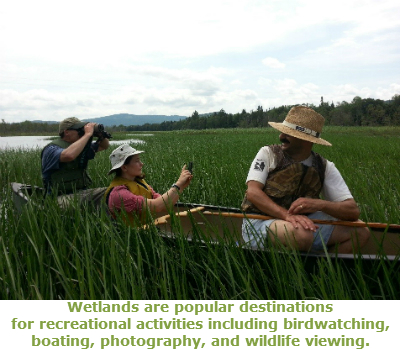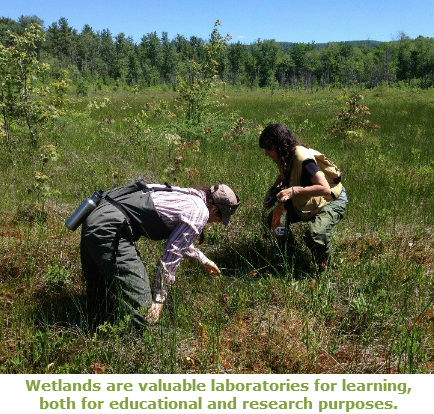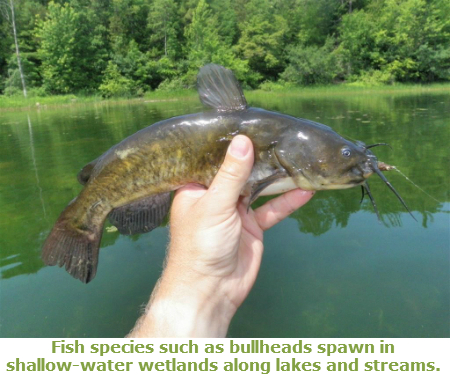wetlands
Wetland Functions and Values: Exemplary Wetland Natural Communities
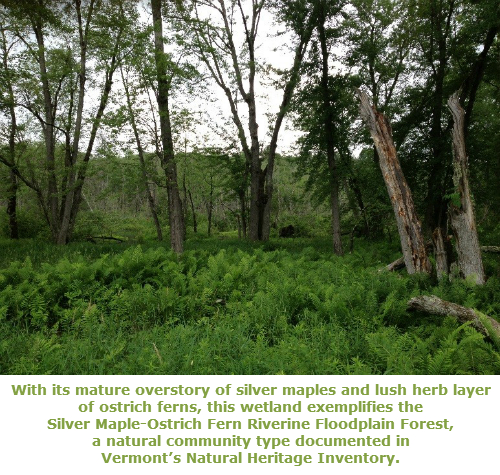 Wetlands that make an important contribution to Vermont’s natural heritage are significant wetlands. These include wetlands that are identified as high quality examples of one of Vermont’s recognized natural community types.
Wetlands that make an important contribution to Vermont’s natural heritage are significant wetlands. These include wetlands that are identified as high quality examples of one of Vermont’s recognized natural community types.
Wetland Functions and Values: Wildlife Habitat
Wetlands exhibit very high rates of plant productivity - the conversion of energy from the sun into plant materials. Recent studies suggest that some wetland types such as coastal marshes and inland freshwater marshes are among the most productive ecosystems in the world. This high productivity often supports a varied and complex food web both within and outside of the wetland.
Wetland Functions and Values: Erosion Control
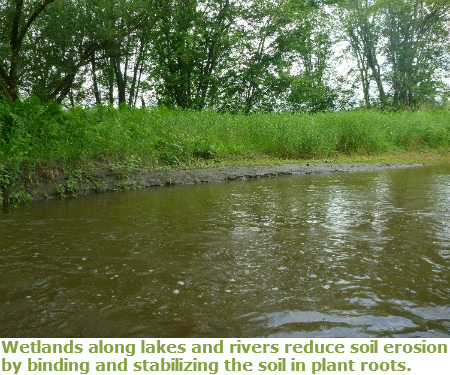 Vegetated wetlands along the shores of lakes and rivers can protect against erosion caused by waves along the shorelines during floods and storms.
Vegetated wetlands along the shores of lakes and rivers can protect against erosion caused by waves along the shorelines during floods and storms.
Wetland Functions and Values: Surface and Ground Water Protection
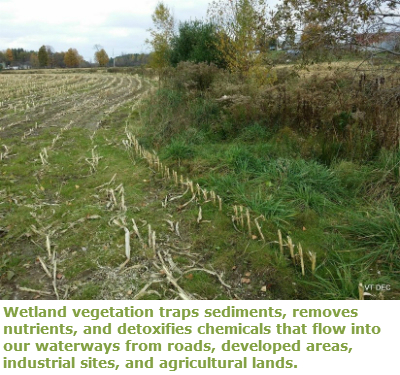 Many pollutants are washed by rainfall from urban and agricultural lands and are carried overland to water bodies. Pollutants include soil particles, fertilizers, pesticides, grease and oil from cars and trucks, and road salts.
Many pollutants are washed by rainfall from urban and agricultural lands and are carried overland to water bodies. Pollutants include soil particles, fertilizers, pesticides, grease and oil from cars and trucks, and road salts.
Wetland Functions and Values: Water Storage for Flood Water and Storm Runoff
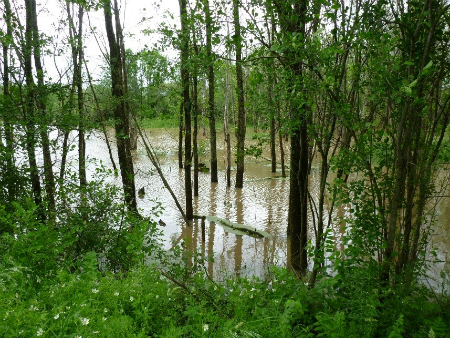 During rain storms and snow melt events, the amount of water running over the surface of the land increases, and in severe storms, flooding may result.
During rain storms and snow melt events, the amount of water running over the surface of the land increases, and in severe storms, flooding may result.
Education, Training and Outreach Opportunities
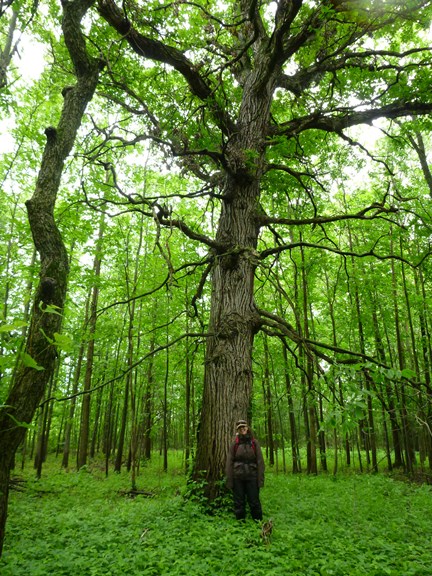 Vermont Wetland Training and Educational Opportunities
Vermont Wetland Training and Educational Opportunities
Restore
Vermont Wetland Restoration Manual
The Vermont Wetland Restoration Manual is a how-to manual for designing and implementing voluntary wetland restoration projects in Vermont. The following links allow you to view and download the manual and individual chapters. Paper copies will be made available at the Montpelier Wetlands Office. Created in 2024. Below are links to download the full manual or view by chapter.

